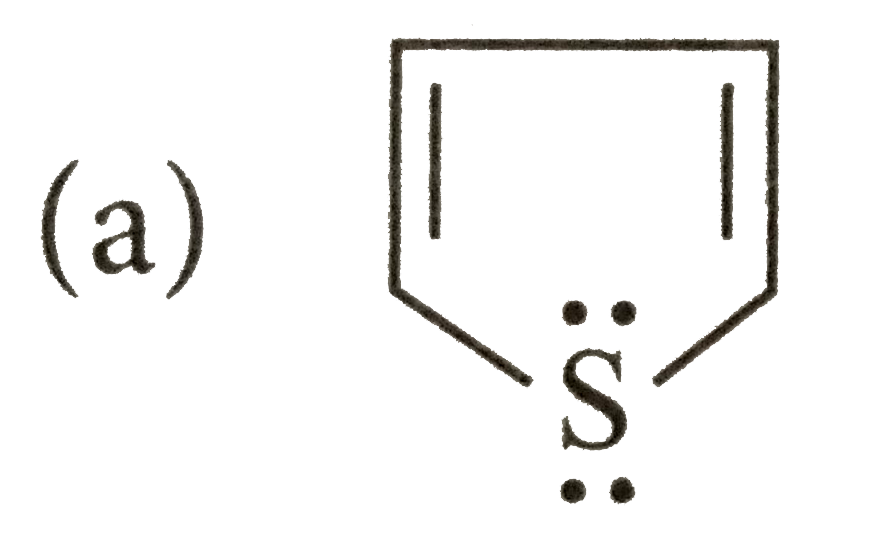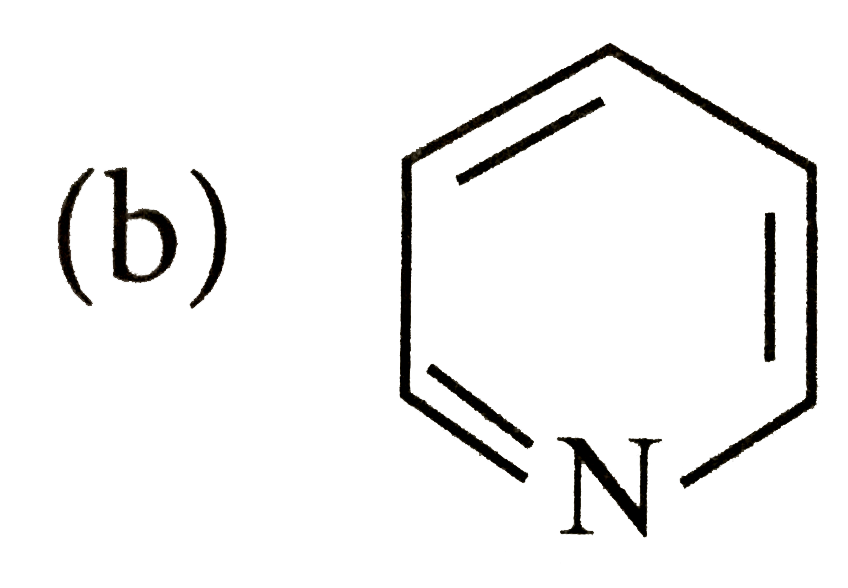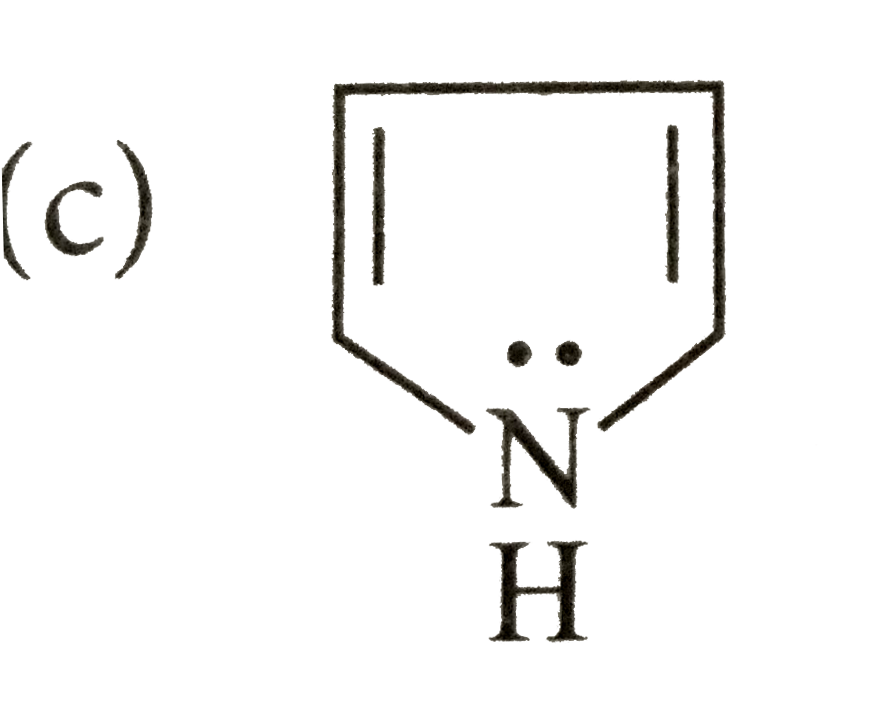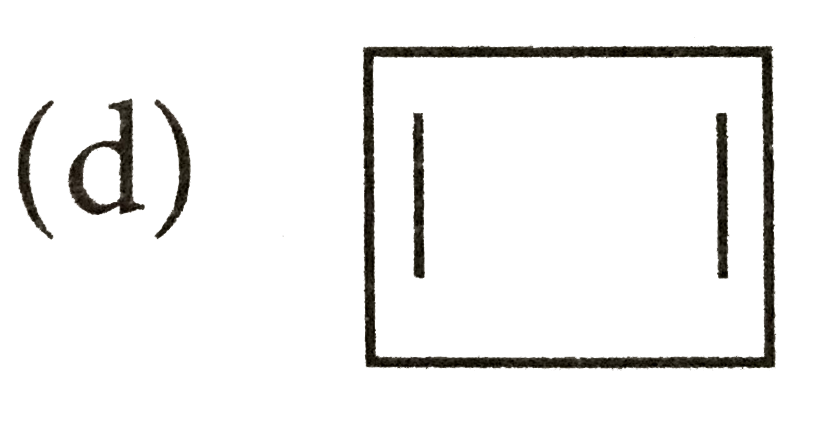Which of the following elements does not show disproportionation tendency?
Cl
Br
F
I
The correct Answer is:C
To determine which of the following elements does not show disproportionation tendency, we first need to understand what disproportionation means. Disproportionation is a reaction in which a single substance is simultaneously oxidized and reduced, resulting in the formation of two different products.
1. Understand Disproportionation: Disproportionation occurs when an element in a particular oxidation state is transformed into two different oxidation states in a redox reaction.
2. Identify the Elements: The elements in question are likely to be halogens, which include Chlorine (Cl), Bromine (Br), and Fluorine (F).
3. Examine Oxidation States:
- Chlorine (Cl): Can exhibit oxidation states from -1 to +7. This means Cl can undergo disproportionation.
- Bromine (Br): Can exhibit oxidation states from -1 to +7 as well. Thus, Br can also undergo disproportionation.
- Fluorine (F): Only exhibits oxidation states of -1 and 0. Fluorine is the most electronegative element and does not show a positive oxidation state. Therefore, it cannot undergo disproportionation.
4. Conclusion: Since Fluorine does not have variable oxidation states and cannot undergo disproportionation, it is the element that does not show disproportionation tendency.
Final Answer:
The element that does not show disproportionation tendency is Fluorine (F).
- Chlorine (Cl): Can exhibit oxidation states from -1 to +7. This means Cl can undergo disproportionation.
- Bromine (Br): Can exhibit oxidation states from -1 to +7 as well. Thus, Br can also undergo disproportionation.
- Fluorine (F): Only exhibits oxidation states of -1 and 0. Fluorine is the most electronegative element and does not show a positive oxidation state. Therefore, it cannot undergo disproportionation.
The element that does not show disproportionation tendency is Fluorine (F).
Topper's Solved these Questions
- BOOK - NCERT FINGERTPS ENGLISHCHAPTER - REDOX REACTIONSEXERCISE - ASSERTION & REASON15videos
REDOX REACTIONS
- BOOK - NCERT FINGERTPS ENGLISHCHAPTER - REDOX REACTIONSEXERCISE - Redox Reactions In Terms Of Electron Transfer Reactions5videos
REDOX REACTIONS
- BOOK - NCERT FINGERTPS ENGLISHCHAPTER - REDOX REACTIONSEXERCISE - HIGHER ORDER THINKING SKILLS9videos
REDOX REACTIONS
- BOOK - NCERT FINGERTPS ENGLISHCHAPTER - PRACTICE PAPER 3EXERCISE - Practice Paper 346videos
PRACTICE PAPER 3
- BOOK - NCERT FINGERTPS ENGLISHCHAPTER - SOME BASIC CONCEPTS OF CHEMISTRY EXERCISE - NCERT Exemplar11videos
SOME BASIC CONCEPTS OF CHEMISTRY
Similar Questions
Knowledge Check
- Question 1 - Select One
Which of the following elements does not show allotropy ?
A1. NitrogenB2. BismuthC3. AntimonyD4. Arsenic - Question 2 - Select One
Which of the following species does not show aromaticity?
A B
B C
C D
D
Which of the following examples does not represent disproportionation ?
View SolutionWhich of the following species, do not show disproportionation reaction and why ?
ClO−,ClO−2,ClO−3 and ClO−4
Also write reaction for each of the species that disproportionates.View SolutionWhich of the following element does not show −3 oxidation state.
View SolutionWhich of the following reactions represents disproportionation ?
View SolutionWhich of the following does not show protogyny?
View SolutionWhich of the following element does not show the variable oxidation state ?
View Solution

